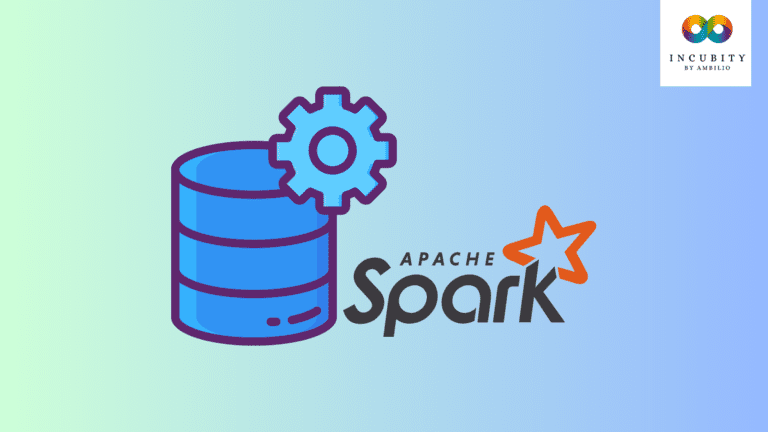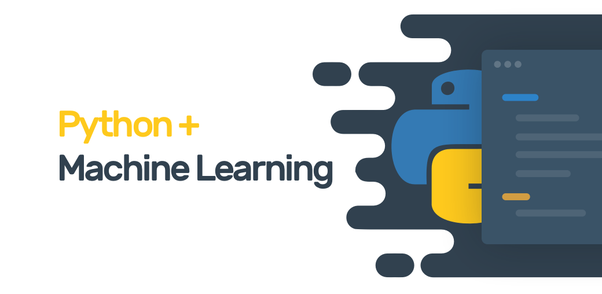1: Introduction to Apache Spark and Java for Data Science
1.1 Overview of Apache Spark and its role in data science
1.2 Introduction to Java and Spark integration
1.3 Key components of Spark: Core, SQL, Streaming, MLlib
1.4 Use cases and applications for Spark in data science
2: Setting Up the Development Environment
2.1 Installing and configuring Apache Spark for data science tasks
2.2 Setting up a Java development environment with Spark
2.3 Understanding Spark’s dependencies and project structure
2.4 Running Spark applications locally and on a cluster
3: Data Ingestion and Preparation
3.1 Loading data from various sources (HDFS, S3, JDBC, etc.)
3.2 Data formats and serialization: CSV, JSON, Avro, Parquet
3.3 Data preprocessing and cleaning techniques
3.4 Feature extraction and transformation for analysis
4: Data Processing with Apache Spark
4.1 Core concepts of Spark RDDs and DataFrames
4.2 Performing data transformations and actions
4.3 Advanced data processing techniques: Joins, aggregations, and filtering
4.4 Managing and optimizing data partitions
5: Data Analysis with Spark SQL and DataFrames
5.1 Querying data using Spark SQL
5.2 Creating and using DataFrames for analysis
5.3 Applying SQL functions and expressions
5.4 Analyzing and visualizing results with Spark
6: Machine Learning with Spark MLlib
6.1 Introduction to Spark MLlib and machine learning pipelines
6.2 Building classification and regression models with Java (Ref: Java Persistence with Spring Data and Hibernate)
6.3 Implementing clustering algorithms and dimensionality reduction
6.4 Model evaluation and tuning: Metrics, cross-validation, and hyperparameter tuning
7: Advanced Data Science Techniques
7.1 Handling complex data structures and nested fields
7.2 Implementing custom transformations and User-Defined Functions (UDFs)
7.3 Real-time data analysis with Spark Streaming(Ref: Data Transformation and ETL with Apache Spark and Java)
7.4 Integrating Spark with other data science tools and libraries
8: Performance Optimization and Scalability
8.1 Optimizing Spark jobs for performance
8.2 Techniques for managing memory, execution, and parallelism
8.3 Handling large-scale data processing challenges
8.4 Monitoring and troubleshooting Spark applications
9: Hands-On Projects and Case Studies
9.1 Real-world case studies of data science applications using Spark and Java
9.2 Hands-on project: Developing a complete data science pipeline with Spark
9.3 Analyzing and optimizing a sample data science project
9.4 Addressing common challenges and solutions in data science workflows
10: Deployment and Production Readiness
10.1 Deploying Spark applications in production environments
10.2 Managing and scaling data science applications
10.3 Ensuring data security and compliance
10.4 Best practices for maintaining and updating Spark deployments
11: Future Trends and Further Learning
11.1 Emerging trends in data science and big data technologies
11.2 Resources for continued learning and professional development
11.3 Exploring advanced topics: Deep learning with Spark, integration with other frameworks







Reviews
There are no reviews yet.